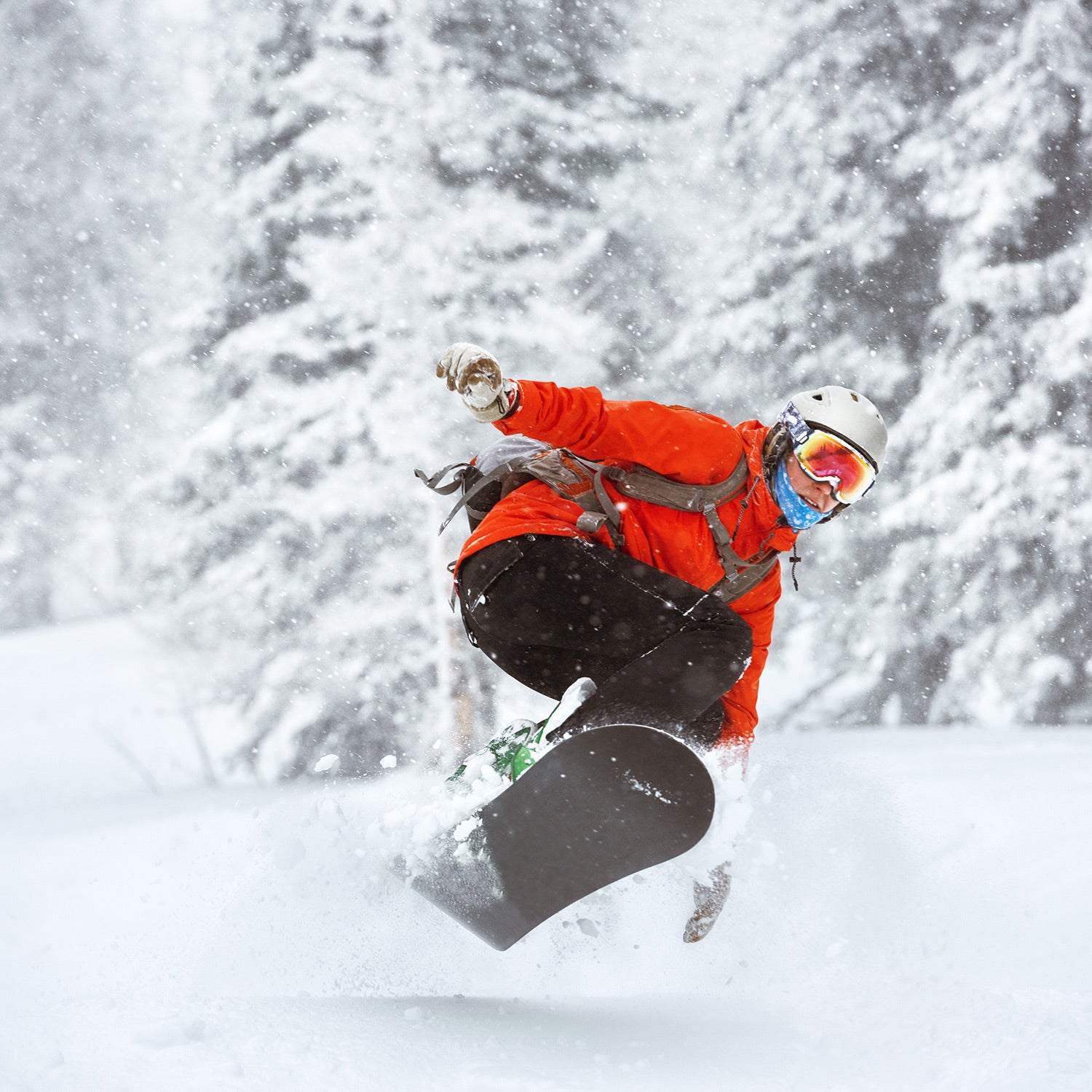We test a lot of jackets for our annual Winter Buyer’s Guide. Between splitboarding, alpine skiing and ski touring, winter camping, cross-country skiing, running, tough outdoor jobs, and aprés hanging, anywhere from 10 to 15 people from varied sport backgrounds help us put an array of shells, puffies, windbreakers, fleeces, and midlayers to the test. Here are the runner-up items that just missed the cut for print.
Mountain Hardware Stretchdown Light Pullover ($250)
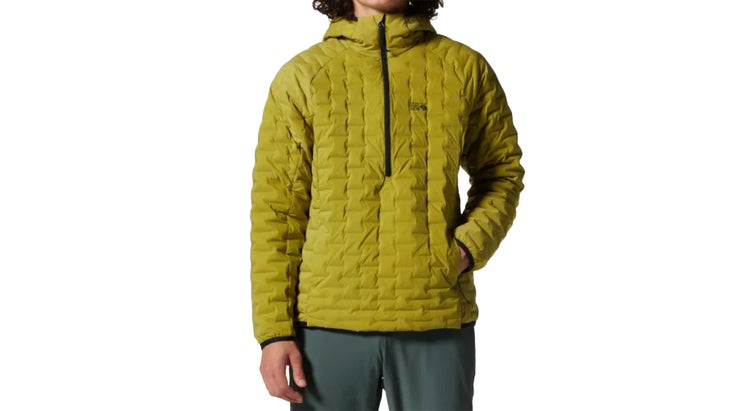
Should you overheat wearing this piece as a mid-layer, ditch the shell. The jacket is stuffed with enough 700-fill down that it kept our tester warm even when the temperatures dropped into the low twenties. The pliable, 20-denier woven nylon-elastane outer fabric is coated in DWR, which held up to melting snow flurries and snotsicles, and was surprisingly durable. It emerged from a poorly ridden lap in tight trees without any rips. —Kyle Dickman, splitboarding tester
66 Degrees North Tindur Technical Shearling Jacket ($300)
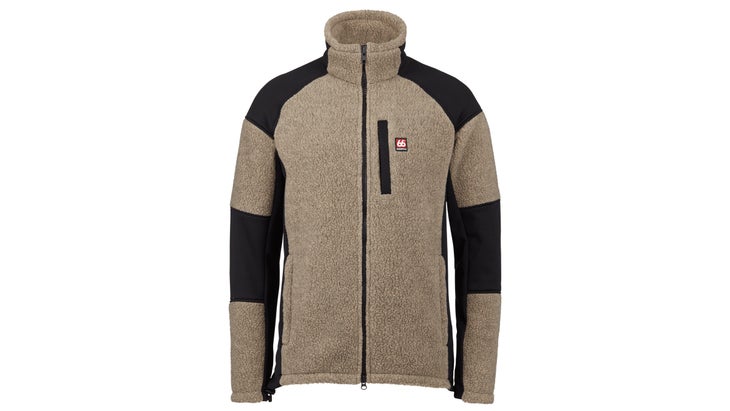
The Tindur is mostly made from a thick, tightly woven fleece, but the elbows and sides are a stretchy nylon that won’t blow out after repeated hard use. The sewn cuffs feel as sturdy as the thick plastic zippers. It’s so warm that we used it as a primary jacket instead of a layer. The only downside: wood chips stuck and needed to be picked out of the fleece long after the job was done. —Charlie Ebbers, workwear tester
Patagonia R1 Hybrid Hoody ($139)
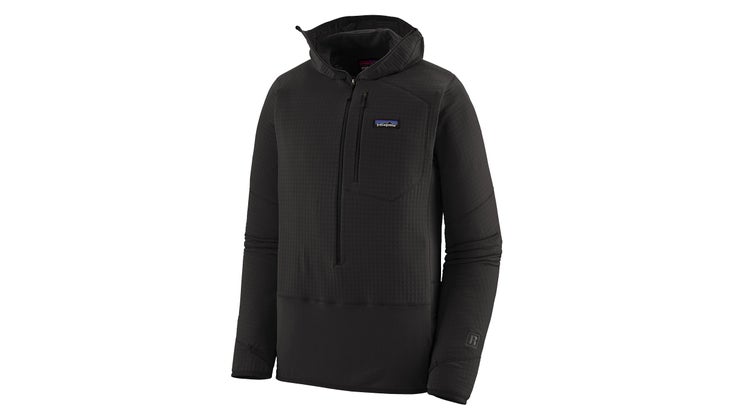
The R1 Hybrid Hoody is the sports car of the R1 family—it’s made for going fast without thinking. The layer features 3.8-ounce Polartec Power Grid everywhere but the chest and upper arms, where you have the same fabric but in a 6.9-ounce weight. It’s basically a base layer with a little more protection and warmth in key zones. We also love that it’s made of 90 percent recycled polyester, and is Bluesign certified and Fair Trade sewn. We felt like this was a welcome, but incremental, improvement on a classic line, so it didn’t make the cut for print. —Will Taylor (���ϳԹ��� gear director), men’s midlayers tester
ArchiTec Aysen Polartec Power Wool Hoodie ($188)
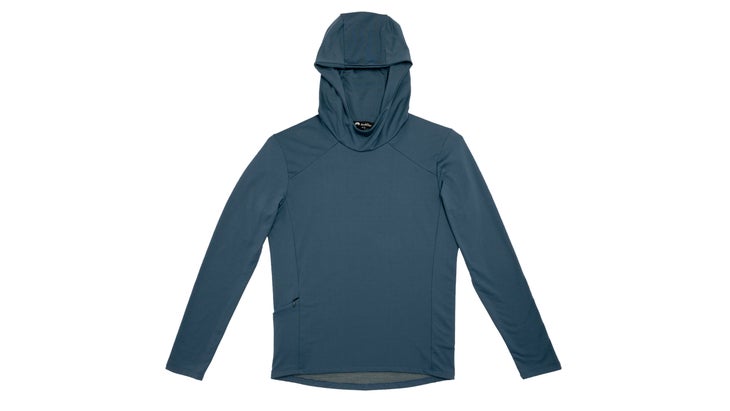
Testers loved the simplicity of this piece, which pairs a breathable, wind-resistant matte nylon face with a soft, tightly woven merino wool liner. The only real feature is a concealed zip pocket on the side, big enough to fit an iPhone. It’s mid-weight as far as layers go, so it’s a good piece to throw on in the morning and wear until night in a range of temperatures. We wore it for days and it didn’t smell. —W.T.
Strafe Tech Fleece Pullover ($129)
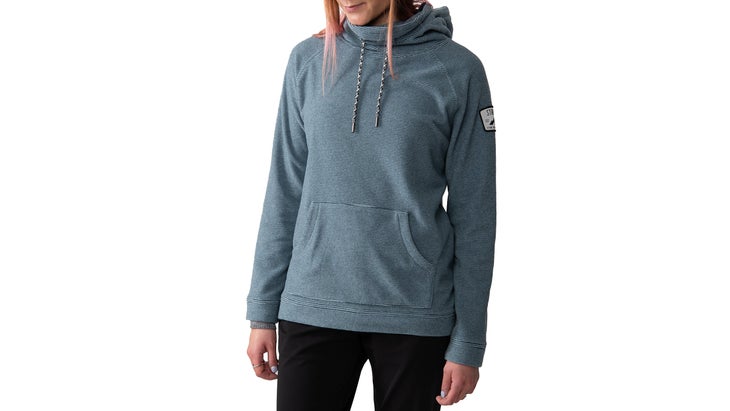
Your favorite hoody can now pull double-duty as a resort-skiing midlayer. Strafe’s newest pullover is made from teddy-bear-soft Polartec micro fleece that we never wanted to take off, whether we were riding the lifts, tailgating with friends, or watching movies at home. The built-in neck gaiter and kangaroo pocket max out the coziness, and the subtle stripe print and branded arm patch are stylish touches. —Maren Larsen (���ϳԹ��� associate podcast producer), women’s midlayers tester
Patagonia Nano Puff Vest ($149)
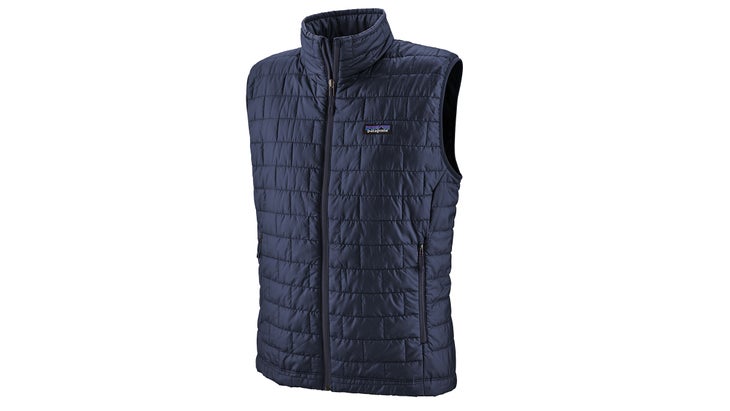
Filled with 60-gram synthetic insulation, this vest is highly compressible and packs neatly into its pocket. And, because it’s not as lofted as other puffy vests, it’s perfect for layering under a ski shell without adding too much thickness in the middle. The lightweight, wind-resistant outer fabric is constructed of 100 percent recycled polyester that’s Fair Trade Certified sewn. —James Edward Mills, vests tester
Ibex Shak Vest ($170)
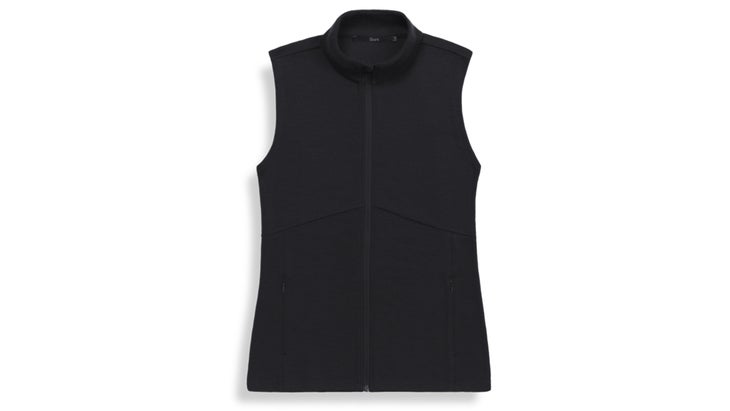
This thin but densely woven wool vest provides a bit of warmth during cold-weather workouts or jaunts around town. The material is smooth, soft, and stretchy, and sewn with flat seems that look sleek and help avoid bulk when work under other layers. —J.E.M.
Forloh ThermoNeutral Down Vest ($289)
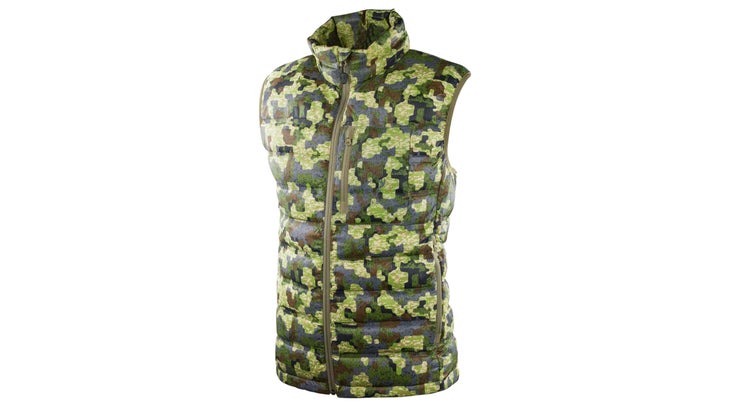
Sturdy and rugged, this piece provides heavy insulation for extreme conditions. It’s stuffed with water-repellent down that’s designed to resist moisture absorption. Even in the most adverse conditions, it will still keep you warm—and won’t get heavy and soggy with water. We love the deep on-seam hand pockets and the interior stash pouches, perfect for a hat and gloves. Elastic trim at the arm opening offers a snug fit to keep warmth in and chilly drafts out. —J.E.M.
Flylow Patrol Jacket ($225)
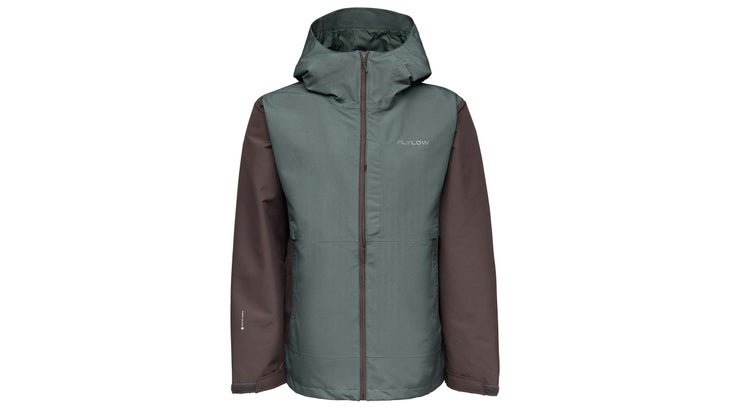
Extended testing confirmed that this built-tough, waterproof hard shell delivers on the promise of affordable workwear. Its rugged 250 denier polyester dobby fabric (it has small raised bumps, like canvas) emerged abrasion-free after a season of wearing avy packs and skiing the trees. But the two-layer construction, which uses a hanging mesh liner instead of spendier fabric backers, lowers costs. Neither ultralight or ultra-breathable (pit zips help), it’s perfect for ski bums who ride lifts daily. The only downside: it’s men’s only. ($225). 1 lb. 6 oz. —Frederick Reimers and Kelly Bastone, jackets testers


